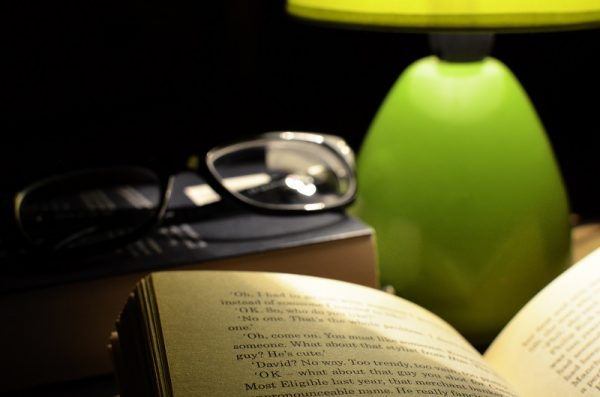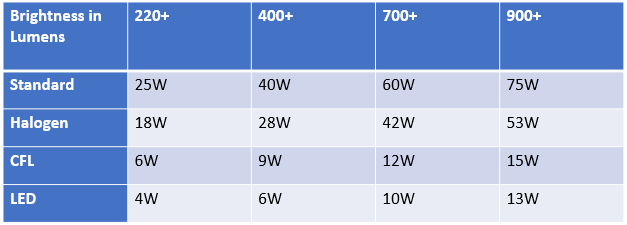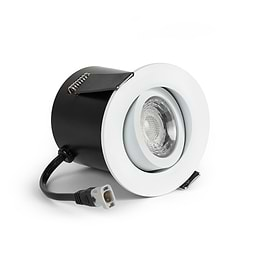Reading at Night: A Guide to Reading Light
Reading at Night: A Guide to Reading Light
 Reading at night can be a relaxing way to end the day and quieten your mind, helping you to get a good night's sleep. When we were young, we were all warned that reading in poor light would ruin our eyesight, however doctors have agreed that there is no evidence that poor reading light can damage vision over time. It can, however cause negative short-term effects including eye strain and headaches. Choosing the right lighting can make reading in bed much more comfortable, and also help you to relax.
Reading at night can be a relaxing way to end the day and quieten your mind, helping you to get a good night's sleep. When we were young, we were all warned that reading in poor light would ruin our eyesight, however doctors have agreed that there is no evidence that poor reading light can damage vision over time. It can, however cause negative short-term effects including eye strain and headaches. Choosing the right lighting can make reading in bed much more comfortable, and also help you to relax.
One important thing to think about when choosing the lighting for reading is getting evenly distributed levels of light. A common mistake is to have one extremely bright bedside lamp, fully focused in one place with pitch black everywhere else. This can cause your pupils to dilate from the dark when looking around and can make your eyes become fatigued.
As you get older, you may need to use a brighter light for reading at night. This is simply because our eyesight gets worse with age. Therefore you need to increase the wattage as you get older. A 10 year old may be able to read with a 40 watt standard bulb (equivalent of a 6W LED bulb), but a 60 year old may need a 75 or 100 watt standard bulb (equivalent of 13W-18W in LED terms). Keep in mind though that too much light or glare can be bad too. If reading at night with a bright light is giving you a headache or making your eyes tired, use a shade or switch to a less bright light.
For an idea of how the wattage of incandescent standard bulbs relates to modern LED lighting, see the table below:

Light Bulb Colour Temperature
Colour temperature is also very important when considering which bulb to choose for bedtime reading. The important thing is to remember that you need to see the words clearly. However you don't want to be over-stimulated by bright cool light.
A nice warm white or sunset white can provide a relaxing tone. Anything above 3000K may be a bit too much for bedtime reading. Bulbs that have a higher colour temperature look closer to daylight. Bulbs with a lower colour temperature tend to have the colour of a candle.
Using a smartphone or tablet in bed at night can have a negative impact on your sleep. This is because ocular light exposure disrupts your body’s natural ability to produce melatonin. Melatonin is the hormone produced by the pineal gland that helps you to fall asleep. Using a smartphone that produces ocular light at night can therefore throw your body clock out of rhythm.
Basically, when you look at a smartphone or tablet at night time, you’re tricking your body into thinking you are looking at sunlight and should therefore be awake. It is the bright, blue light emitted by the devices that really causes the issue. Many newer smartphones have features that detect when it is close to bedtime. They then change the brightness and colour temperature, so you don’t disrupt your body clock.
If you choose a light bulb that has a high colour temperature, for example, a bluey, white daylight bulb, you could easily trick your body into thinking it is daytime and, whilst you may be able to clearly see the book, you could ruin your sleep. A more orangey, warm bulb will help to eliminate this problem.
Your choice may come down to personal preference though. So if your current bulb is giving you a headache, consider changing to a different colour temperature or a less powerful bulb.
Yes! We stock a wide variety of bulbs in different fittings, with a variety of different colour temperatures.
We don't just stock different colour temperature bulbs, we also do dim to warm downlights. These innovative light bulbs allow you to change the colour temperature of your lights from a functional cool light, to a more comfortable warm reading light through the use of a dimmer.






